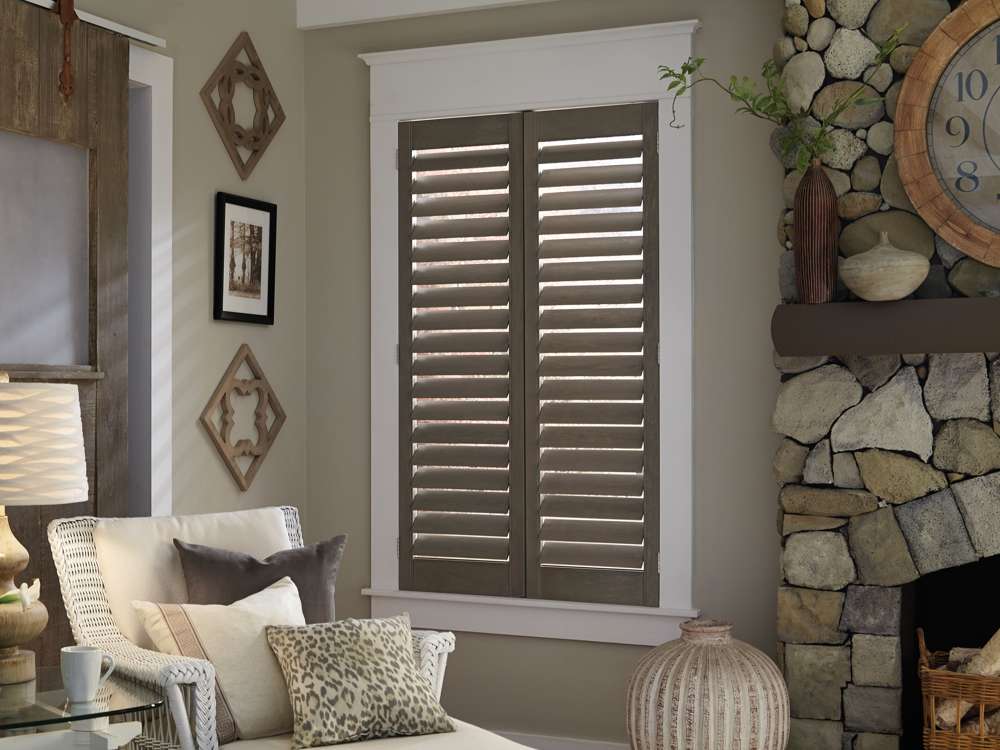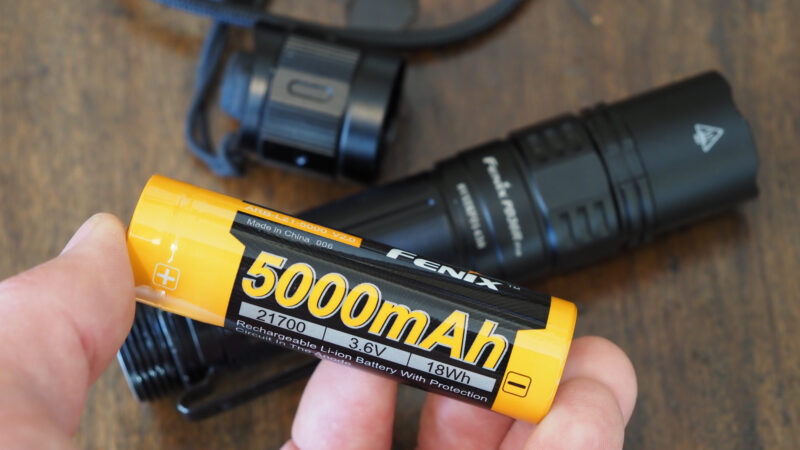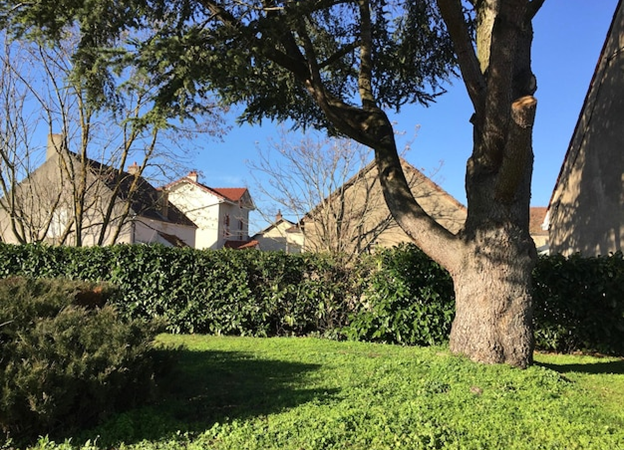You will find window shutters are made in several different materials, with wooden shutters and engineered wood shutters still being the benchmark material for quality window coverings. Quality wood shutters are made to last for the lifetime of a home. Deciding on your shutters’ material is the first step in finding the best shutters to suit your property.
Selecting your shutter style
There are two fundamental styles of shutter blinds available. The classical style uses narrow shutter panels with 1-1/4″ louvres or slats. Traditional shutter louvers are wedge-shaped, thicker in the front, and narrower in the rear. Shutters are made for larger windows are generally 1-18″ thick with larger louvres.
Selecting the shutter finish
Plantation shutters can be stained, painted, or both. Almost all companies offer several different paints with stain colours, making it easy to find a model that matches your existing decor. Paint colours will generally include a variety of whites and light shades.
The stains help enhance wood grains in many tints and tones, from natural light tones to a very dark, almost black pitch. Bear in mind, that neither synthetic nor wood composite shutters can be stained.
Wood delivers an authentic look, and many homeowners love the unique character several coats of paint give an old wood shutter. Shutters can be made with all sorts of woods such as cypress, cedar, and mahogany for decay-resistance shutters. Although not so authentic in appearance, composite materials give you freedom from painting and other upkeep.
Arrange the price
Because of the material options, shutter blinds are sold at a wide range of prices, with many sellers calculating the price by the square foot. Prices are determined based on the precise window size, shutter style, finish, and the number of panels required.
Deciding which unit
Shutter units can use several different panel configurations within a window. The number of panels across the shutter depends on the shutter style, traditional or plantation, and the window width. The conventional style panels are usually narrower than the plantation style and use more panels across the window.
A window shutter company will offer guidelines for the number of panels to be used on each window. If the windows are high enough, you may consider a double-tier or tier-on-tier shutter unit that uses one set of shutters at the top and another at the bottom.
You can then open each set of shutters independently of the other. You can also ask for a divider rail, which is a horizontal strip that produces a top and bottom louvre section within a single panel style.
Measure and order
Carefully follow the manufacturers measuring instructions and establish the window type and installation provided by the company. The directions should be detailed yet quite simple for you to follow. Some companies will ask you to measure the windows, while others prefer to do it themselves, as the measurements do have to be exact for the shutters to function perfectly.
Exterior shutters should be the right size to cover the window when it is closed and convey the look of being usable even if the shutter style is non-operable.
Make sure the company should also offer phone assistance should you have any questions








